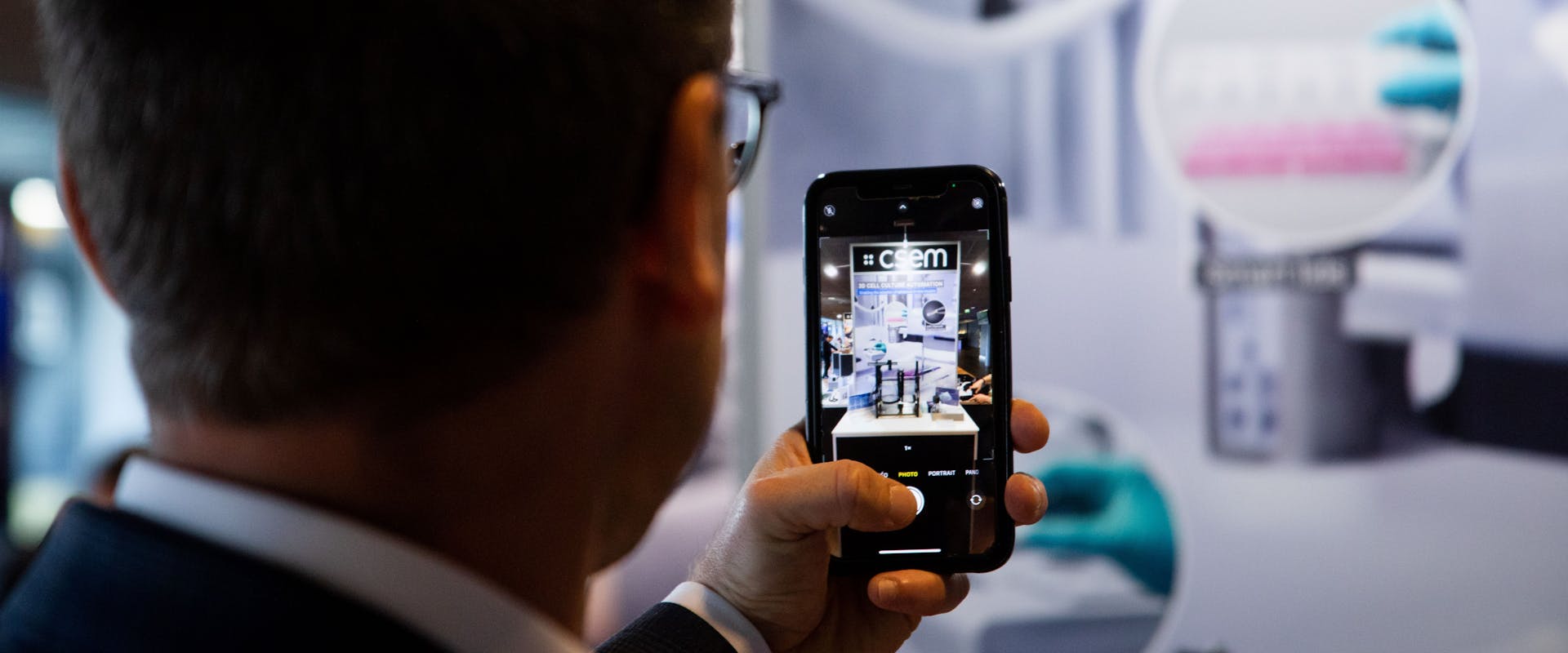Blog Article
From technologies originally developed for astronauts to everyday medical wearables
- Jens Krauss
- April 12, 2023
- Reading time : 6mn6mn

Were you aware that technologies initially created to monitor astronauts’ vital signs from afar are now used in everyday medical wearables? To celebrate today's international Day of Human Space Flight, CSEM looks back to the late 1990s when we started developing technologies to measure multiple physiological parameters and laid the foundation for wearable medical devices on Earth.
Was this article helpful to you?
Related articles

Medical center Bern relies on CSEM's expertise in technology
On Tuesday, June 13, 2023, the Grand Council of the Canton of Bern approved a credit totaling 11.5 million Swiss francs for the construction and expansion of a CSEM department on the campus of the Inselspital, University Hospital Bern. Jens Krauss, member of the CSEM Executive Board and head of the "Digital Health" activities, explains this much anticipated decision.

CSEM has been committed to “Health For All” for 20 years
CSEM’s industrial heritage in precision engineering and its wide-ranging competencies in low-power electronics, sensing, and processing are contributing to a new era of digital, personalized healthcare with better monitors, implants, assistive devices, AI-based diagnostic tools, and laboratory instruments.
